The 1980s were a wild time for toys. Manufacturers were pushing the boundaries of what they could make, and kids were all too eager to get their hands on the latest craze, no matter how hazardous it might have been. Parents, on the other hand, probably didn’t think twice about letting their kids play with some of these now-questionable toys. Back then, the words “safety hazard” didn’t get tossed around quite as often as they do now. But looking back, it’s hard not to wonder how some of these products ever made it onto store shelves. Let’s dive into 13 of the most memorable but downright dangerous toys from the ’80s that wouldn’t stand a chance in today’s safety-conscious world.
1. Creepy Crawlers
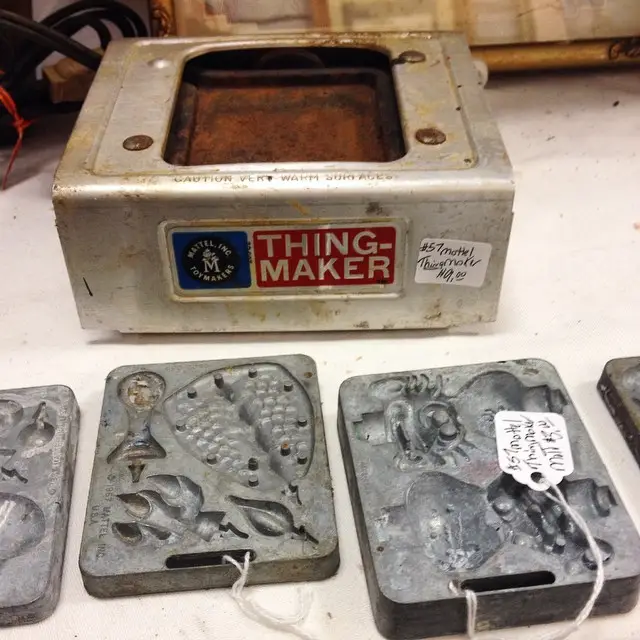
Creepy Crawlers kits allowed kids to mold their own rubbery insects using a small oven that heated liquid plastic into various bug shapes. While it was undeniably fun to create your own batch of creepy critters, the process involved working with extremely high temperatures and a substance that wasn’t exactly kid-friendly. The metal plates in the oven could reach over 300 degrees, making burns a real risk.
On top of that, the “Plastigoop” used to make the bugs emitted fumes that weren’t exactly healthy to breathe in. It’s no surprise that this toy wouldn’t make it past modern safety regulations. Even so, there’s a certain charm to the idea of creating something with your own hands—even if it came with a few hazards along the way.
2. Clackers
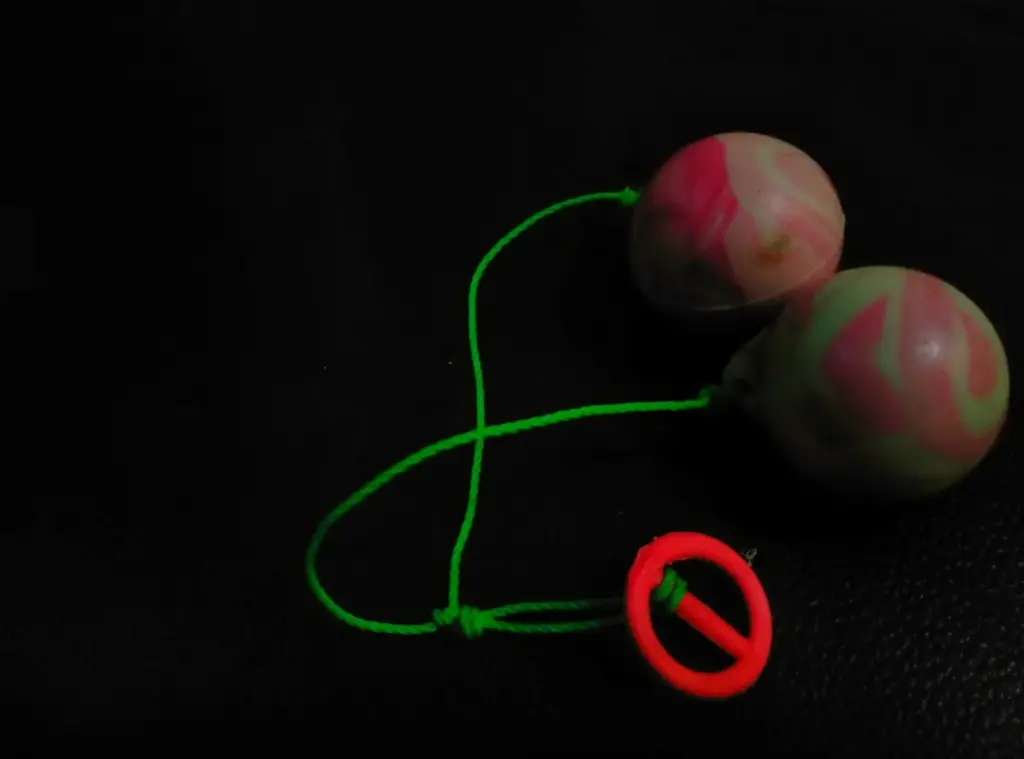
Clackers were two hard acrylic balls attached to a string, designed to be smacked together with enough force to make a loud, satisfying clack. Kids loved the challenge of mastering the perfect rhythm, but these toys quickly gained a reputation for being more dangerous than they looked. Those clacks could turn into cracks—of bones, fingers, and occasionally even the balls themselves, which had a nasty habit of shattering under pressure.
When the balls broke, they often sent sharp shards flying in every direction, leading to numerous injuries. Despite their popularity, the safety issues eventually caught up with clackers, and they were largely pulled from the market by the mid-’80s. Still, for a brief moment, these chaotic little toys were a must-have, even if they came with a side of danger.
3. Lawn Darts
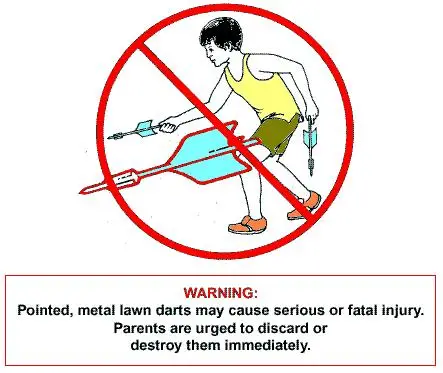
If you grew up in the ’80s, chances are you remember the thrill—and slight terror—of lawn darts. Officially called Jarts, these oversized metal darts were designed to be thrown at a target on the ground. The problem? Each dart had a sharp, weighted metal tip that could easily pierce the skin—or worse. These were essentially missiles that kids were encouraged to hurl through the air, often with little regard for who or what might be in the way.
The danger became painfully clear after numerous injuries were reported, with some even resulting in fatalities. By the late ’80s, Jarts were banned in the U.S., but not before countless kids had their share of close calls. Looking back, it’s amazing that a toy this risky was marketed as family-friendly entertainment. Today, a product like this would be unimaginable, but for many of us, it was just another part of a summer afternoon.
4. Slip ‘N Slide

What kid didn’t love a Slip ‘N Slide in the summer? These long plastic sheets were meant to be laid out on the lawn, soaked with water, and used as a makeshift waterslide. The concept was simple and endlessly entertaining, but it wasn’t without its dangers. Kids would often slide too fast, crash into each other, or come to an abrupt stop on the unforgiving ground beneath the plastic.
Worse yet, older kids and even adults sometimes joined in the fun, only to discover that their size and weight made the toy even riskier. Spinal injuries and fractures became a known risk, and eventually, Slip ‘N Slide became a cautionary tale about the limits of “fun” toys. Still, for those who grew up with it, the thrill of a perfect slide was worth every bump and bruise.
5. Shrinky Dinks
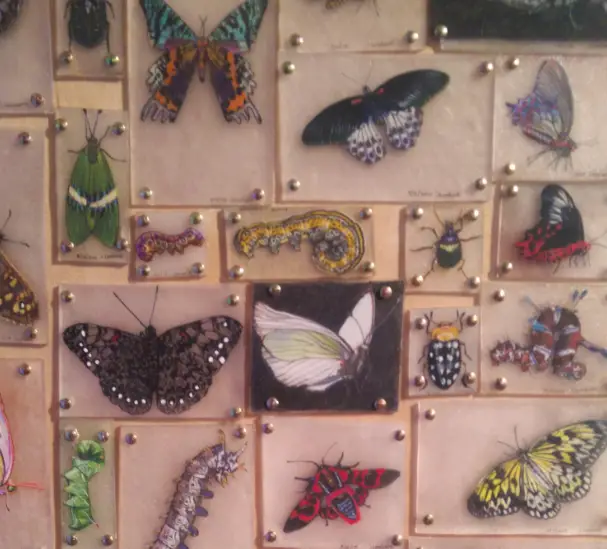
Shrinky Dinks were thin sheets of plastic that kids could color, cut out, and then bake in the oven to create miniature versions of their designs. While the idea was creative and fun, it wasn’t without risks. The plastic sheets required baking at high temperatures, which meant kids often had to handle hot items fresh out of the oven. The potential for burns was a constant concern.
Additionally, some of the early Shrinky Dinks sets came with markers that weren’t exactly non-toxic. Combined with the fumes from heating plastic, this craft project could turn into a hazardous activity if not closely supervised. Today’s versions of Shrinky Dinks have been modified for safety, but for those who grew up in the ’80s, they were a thrilling—if slightly risky—way to get creative.
6. Water Wigglers
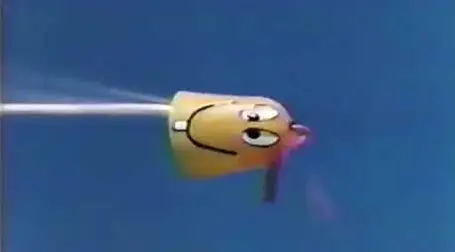
Water Wigglers were squishy, water-filled tubes that kids could squeeze and manipulate. They were mesmerizing to play with, but they came with some hidden dangers. The slippery texture made them hard to hold, and they often ended up flying out of kids’ hands and hitting someone—or something—unexpectedly. More concerning was the fact that these toys could easily burst, releasing their water contents.
The biggest safety issue, however, came from the choking hazard they posed to younger kids. If a child managed to tear one open, the contents were a mess waiting to happen—and potentially dangerous if ingested. Despite their risks, Water Wigglers were a fun and addictive distraction for kids in the ’80s. It’s no wonder they’re remembered fondly, even if they wouldn’t stand up to today’s safety standards.
7. Candy Cigarettes
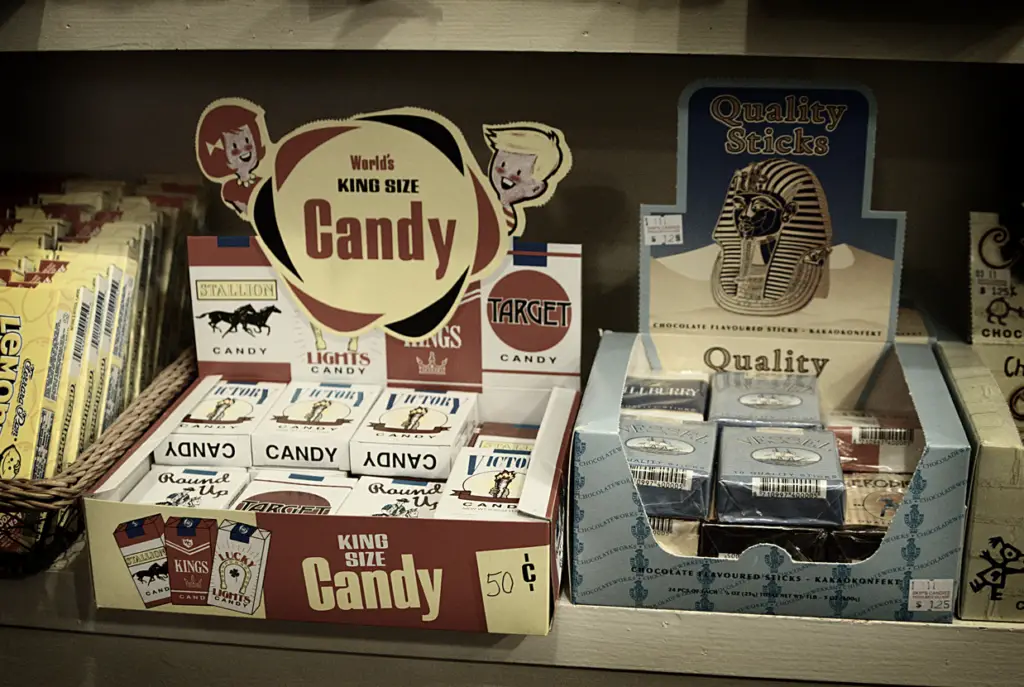
Candy cigarettes were a controversial staple of the ’80s, marketed as a harmless treat but criticized for encouraging smoking habits in kids. These chalky, sugar-based sticks were made to look like real cigarettes, often complete with red tips to mimic a burning end. Some versions even produced a puff of sugary “smoke” when blown into, making the imitation eerily realistic.
The biggest concern was the message these candies sent. While they didn’t pose a physical safety hazard like other toys on this list, their psychological impact was significant. Critics argued that candy cigarettes normalized smoking and made it seem glamorous or acceptable to children. By the ’90s, these candies were largely phased out or rebranded as generic candy sticks. Even so, for many kids of the ’80s, they were an oddly memorable part of growing up.
8. The Easy-Bake Oven
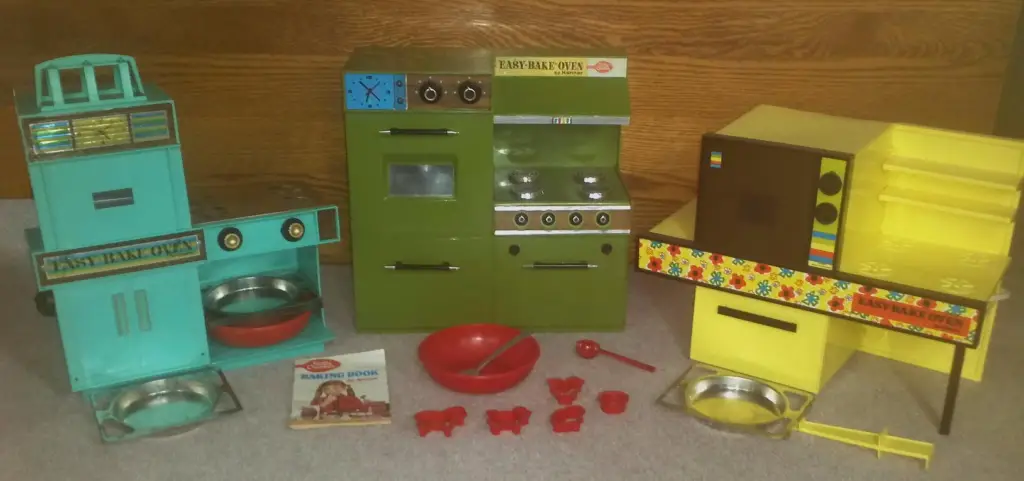
The Easy-Bake Oven seemed like every child’s dream come true—a mini oven that let you bake your own tiny cakes. It was a marvel of ingenuity for its time, but it also came with a host of safety concerns. The heating element inside these ovens could reach temperatures hot enough to burn skin, and kids often underestimated how dangerous it could be to touch the interior while retrieving their treats. The slots were narrow, making it far too easy for small fingers to get stuck or burned.
Early models also used incandescent light bulbs to generate heat, which could shatter during use, creating a risk of cuts and burns. Despite these issues, the Easy-Bake Oven remained wildly popular, partly because the idea of creating your own desserts was irresistible. Today’s versions are far safer, but they lack the slightly chaotic charm of the original.
9. Pogo Ball
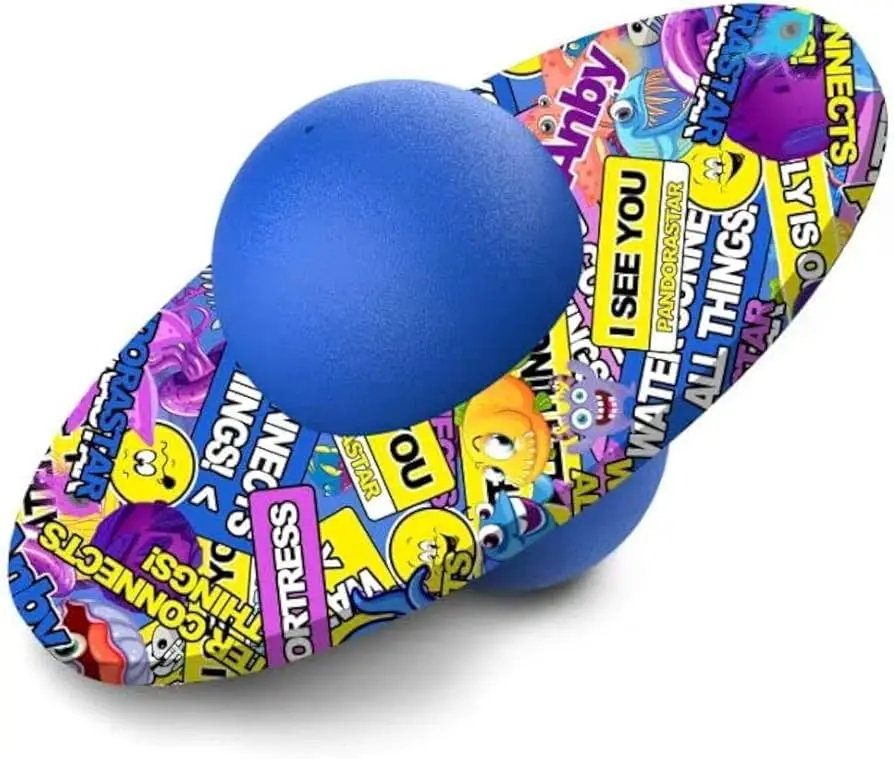
The Pogo Ball was essentially a rubber ball sandwiched between two flat, disc-like platforms that kids stood on and used to bounce around. It required a good sense of balance and plenty of practice, which often led to mishaps. Kids frequently lost their footing and went flying, resulting in scraped knees, bruises, and, in some cases, broken bones.
The Pogo Ball also wasn’t built to withstand heavy use, so it wasn’t uncommon for the ball to deflate or the platform to crack mid-bounce. These accidents didn’t stop kids from loving the Pogo Ball, but it’s clear why this toy wouldn’t pass today’s safety tests. Still, there’s something nostalgic about the challenge of mastering the perfect hop, even if it came with a few tumbles along the way.
10. Slime
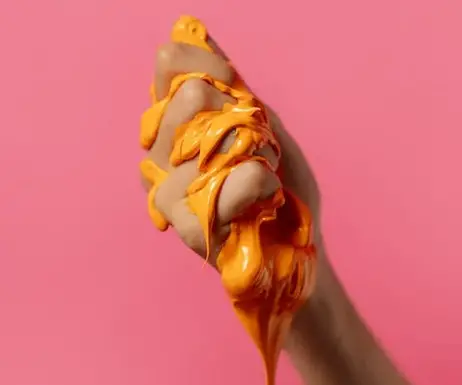
Slime was one of those simple toys that captured kids’ imaginations—and their parents’ frustration. This gooey, sticky substance came in a plastic tub and could be stretched, squished, and molded into all sorts of shapes. However, early versions of slime were known to contain harmful chemicals like borax and other substances that weren’t exactly safe for kids to handle.
Slime also had a tendency to pick up dirt, hair, and other debris, turning it into a germ-filled mess. Some parents even reported that slime stained furniture and carpets, making it a double hazard—both health-wise and for the household. Despite its messy reputation, slime remains a nostalgic favorite for many who grew up in the ’80s, even if today’s versions are much safer.
11. Microwaveable Plush Toys

Microwaveable plush toys were a curious fad that combined the comfort of a stuffed animal with the warmth of a heating pad. The idea was to microwave these toys for a few seconds to create a soothing, warm companion. However, the materials used to make these toys weren’t always heat-resistant, leading to melted fabric, unpleasant odors, and even the occasional small fire.
The stuffing inside could also become dangerously hot, risking burns if a child hugged the toy too soon after microwaving it. Despite these hazards, the novelty of a warm, cuddly toy made them a hit for a time. Today’s heated plush toys are much safer, but they lack the quirky, slightly hazardous charm of their predecessors.
12. Stretch Armstrong

Stretch Armstrong was an iconic ’80s toy, known for his ability to stretch to incredible lengths before snapping back into shape. Kids loved testing his limits, often stretching him far beyond what the toy was designed to handle. The stretchy material was filled with a gooey substance that could leak out if the toy was punctured or torn. Once exposed, this goo became a sticky, messy hazard.
Additionally, the rubbery exterior could become brittle over time, increasing the likelihood of breakage. Despite these flaws, Stretch Armstrong was a beloved toy, partly because there was nothing else quite like him. Today, safety regulations would likely demand significant changes to his design, but for those who grew up with him, Stretch Armstrong remains an unforgettable part of their childhood.
For better or worse, the toys of the 1980s reflect a time when fun often came with a side of risk. Safety standards were looser, creativity was boundless, and kids learned firsthand the importance of being cautious. While we can laugh (and cringe) at the hazards of these nostalgic playthings today, they remain a cherished part of childhood for those who grew up in that wild and wonderful decade.


